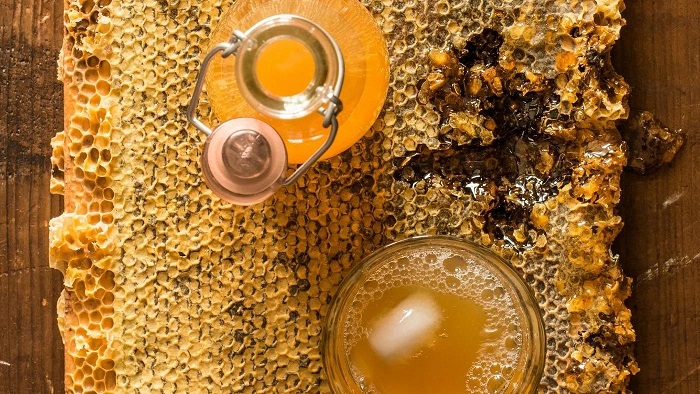Jun and kombucha are both delicious carbonated beverages made from fermented tea, but they come with slight differences in ingredients and taste. While kombucha uses black tea and sugar, Jun is made with green tea and honey. If you’re wondering whether you can use a kombucha SCOBY to make Jun, the answer is yes—but it requires a bit of time and careful adaptation.

What Is the Difference Between Jun and Kombucha?
Although both drinks share a similar process of fermentation, the key difference lies in their sugar sources and the microorganisms that feed on them.
- Kombucha is traditionally made with tea and sugar, typically using black or green tea, and a SCOBY (Symbiotic Culture of Bacteria and Yeast) adapted to feed on cane sugar. The taste is stronger, and with a more acidic profile.
- Jun, on the other hand, is brewed using tea (often green or white tea) and honey. This results in a milder, less acidic flavor, with a lighter, fizzy feel.

SCOBY Differences: Jun vs. Kombucha
While both kombucha and Jun involve ferment via a SCOBY, the microorganisms in each culture specialize in their respective sugar sources. A kombucha SCOBY may struggle initially with honey, as it’s accustomed to white sugar (sucrose). Meanwhile, Jun SCOBYs are better suited for honey, which has simpler sugars.
- Jun SCOBY: Jun cultures tend to be thinner, sometimes less uniform, and produce more bubbles during fermentation. They often sink to the bottom of the tank, occasionally merging with younger SCOBYs. The formation of yeast clumps and tea residue (often brown or green) under the surface is also common in Jun fermentation. Jun SCOBYs are adapted to thrive on the sugars in honey, which are largely composed of glucose and fructose, compared to kombucha’s sucrose.
- Kombucha SCOBY: Thicker and more structured, kombucha SCOBYs are accustomed to the disaccharide sucrose in sugar, which breaks down into glucose and fructose during fermentation.
Adapting a Kombucha SCOBY to Ferment Honey
Although kombucha SCOBYs are used to sugar, you can gradually convert them to fermenting honey. Here’s how to do it:
- Start Small: Don’t jump from using 100% sugar to 100% honey right away. Instead, begin with a mixture that includes both, starting with 75% sugar and 25% honey.
- Gradual Increase: For each subsequent batch, increase the honey content while decreasing the sugar. Go from 25% honey to 50%, then 75%, and finally 100%.
- Monitor the SCOBY: Keep eyes on your SCOBY. If it thrives, gradually increase the honey and green tea. If not, maintain the same proportions in the next batch.
- Use Black Tea Initially: As kombucha SCOBYs are more familiar with black tea, starting your conversion process with black tea can ease the transition.
- Use Pasteurized Honey: Choose pasteurized honey for your early batches, as it contains fewer wild bacteria that could interfere with the fermentation process.
By slowly adjusting the SCOBY’s food source, you’ll allow the microorganism colony to adapt to the simpler sugars in honey, leading to successful fermentation over time. As you move toward 100% honey, the fermentation time will shorten as the SCOBY becomes like jun SCOBY and more efficient with the new sugar source.
Fermentation Time: Jun vs. Kombucha
Another key difference between Jun and kombucha is fermentation duration. Since honey contains simpler sugars (mainly glucose and fructose), it takes less time to ferment than cane sugar (sucrose).
- Jun typically ferments in 5-7 days.
- Kombucha may take 2-3 weeks to fully ferment.
As you convert your kombucha SCOBY to thrive on honey, you’ll notice that each batch ferments more quickly as the microorganisms adjust to the new sugars.
Conclusion
Yes, you can use a kombucha SCOBY to make Jun, but it takes a bit of adaptation. By gradually introducing honey into your kombucha SCOBY’s diet, you can successfully convert it to ferment honey, creating a delicious, sparkling Jun beverage.
